US Airways 2004 Annual Report Download - page 26
Download and view the complete annual report
Please find page 26 of the 2004 US Airways annual report below. You can navigate through the pages in the report by either clicking on the pages listed below, or by using the keyword search tool below to find specific information within the annual report.-
 1
1 -
 2
2 -
 3
3 -
 4
4 -
 5
5 -
 6
6 -
 7
7 -
 8
8 -
 9
9 -
 10
10 -
 11
11 -
 12
12 -
 13
13 -
 14
14 -
 15
15 -
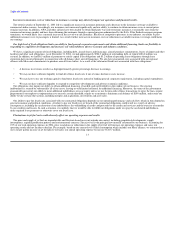 16
16 -
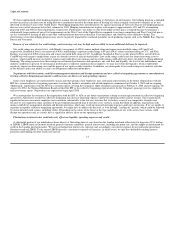 17
17 -
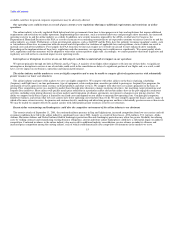 18
18 -
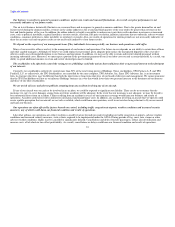 19
19 -
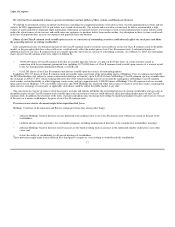 20
20 -
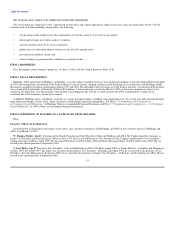 21
21 -
 22
22 -
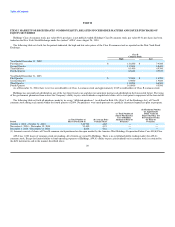 23
23 -
 24
24 -
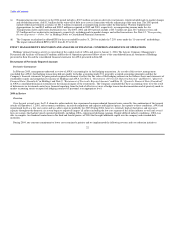 25
25 -
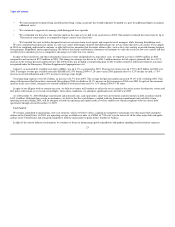 26
26 -
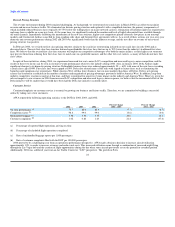 27
27 -
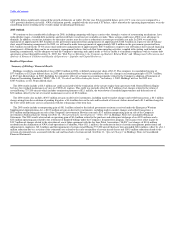 28
28 -
 29
29 -
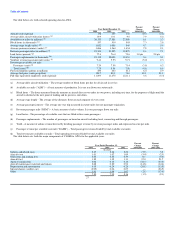 30
30 -
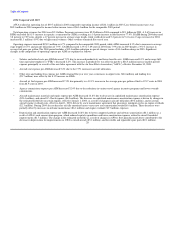 31
31 -
 32
32 -
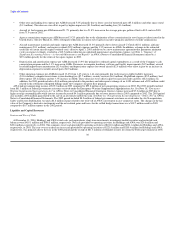 33
33 -
 34
34 -
 35
35 -
 36
36 -
 37
37 -
 38
38 -
 39
39 -
 40
40 -
 41
41 -
 42
42 -
 43
43 -
 44
44 -
 45
45 -
 46
46 -
 47
47 -
 48
48 -
 49
49 -
 50
50 -
 51
51 -
 52
52 -
 53
53 -
 54
54 -
 55
55 -
 56
56 -
 57
57 -
 58
58 -
 59
59 -
 60
60 -
 61
61 -
 62
62 -
 63
63 -
 64
64 -
 65
65 -
 66
66 -
 67
67 -
 68
68 -
 69
69 -
 70
70 -
 71
71 -
 72
72 -
 73
73 -
 74
74 -
 75
75 -
 76
76 -
 77
77 -
 78
78 -
 79
79 -
 80
80 -
 81
81 -
 82
82 -
 83
83 -
 84
84 -
 85
85 -
 86
86 -
 87
87 -
 88
88 -
 89
89 -
 90
90 -
 91
91 -
 92
92 -
 93
93 -
 94
94 -
 95
95 -
 96
96 -
 97
97 -
 98
98 -
 99
99 -
 100
100 -
 101
101 -
 102
102 -
 103
103 -
 104
104 -
 105
105 -
 106
106 -
 107
107 -
 108
108 -
 109
109 -
 110
110 -
 111
111 -
 112
112 -
 113
113 -
 114
114 -
 115
115 -
 116
116 -
 117
117 -
 118
118 -
 119
119 -
 120
120 -
 121
121 -
 122
122 -
 123
123 -
 124
124 -
 125
125 -
 126
126 -
 127
127 -
 128
128 -
 129
129 -
 130
130 -
 131
131 -
 132
132 -
 133
133 -
 134
134 -
 135
135 -
 136
136 -
 137
137 -
 138
138 -
 139
139 -
 140
140 -
 141
141 -
 142
142 -
 143
143 -
 144
144 -
 145
145 -
 146
146 -
 147
147 -
 148
148 -
 149
149 -
 150
150 -
 151
151 -
 152
152 -
 153
153 -
 154
154 -
 155
155 -
 156
156 -
 157
157 -
 158
158 -
 159
159 -
 160
160 -
 161
161 -
 162
162 -
 163
163 -
 164
164 -
 165
165 -
 166
166 -
 167
167 -
 168
168 -
 169
169 -
 170
170 -
 171
171 -
 172
172 -
 173
173 -
 174
174 -
 175
175 -
 176
176 -
 177
177 -
 178
178 -
 179
179 -
 180
180 -
 181
181 -
 182
182 -
 183
183 -
 184
184 -
 185
185 -
 186
186 -
 187
187 -
 188
188 -
 189
189 -
 190
190 -
 191
191 -
 192
192 -
 193
193 -
 194
194 -
 195
195 -
 196
196 -
 197
197 -
 198
198 -
 199
199 -
 200
200 -
 201
201 -
 202
202 -
 203
203 -
 204
204 -
 205
205 -
 206
206 -
 207
207 -
 208
208 -
 209
209 -
 210
210 -
 211
211 -
 212
212 -
 213
213 -
 214
214 -
 215
215 -
 216
216 -
 217
217 -
 218
218 -
 219
219 -
 220
220 -
 221
221 -
 222
222 -
 223
223 -
 224
224 -
 225
225 -
 226
226 -
 227
227 -
 228
228 -
 229
229 -
 230
230 -
 231
231 -
 232
232 -
 233
233 -
 234
234 -
 235
235 -
 236
236 -
 237
237 -
 238
238 -
 239
239 -
 240
240 -
 241
241 -
 242
242 -
 243
243 -
 244
244 -
 245
245 -
 246
246 -
 247
247 -
 248
248 -
 249
249 -
 250
250 -
 251
251 -
 252
252 -
 253
253 -
 254
254 -
 255
255 -
 256
256 -
 257
257 -
 258
258 -
 259
259 -
 260
260 -
 261
261 -
 262
262 -
 263
263 -
 264
264 -
 265
265 -
 266
266 -
 267
267 -
 268
268 -
 269
269 -
 270
270 -
 271
271 -
 272
272 -
 273
273 -
 274
274 -
 275
275 -
 276
276 -
 277
277 -
 278
278 -
 279
279 -
 280
280 -
 281
281 -
 282
282 -
 283
283 -
 284
284 -
 285
285 -
 286
286 -
 287
287 -
 288
288 -
 289
289 -
 290
290 -
 291
291 -
 292
292 -
 293
293 -
 294
294 -
 295
295 -
 296
296 -
 297
297 -
 298
298 -
 299
299 -
 300
300 -
 301
301 -
 302
302 -
 303
303 -
 304
304 -
 305
305 -
 306
306 -
 307
307 -
 308
308 -
 309
309 -
 310
310 -
 311
311 -
 312
312 -
 313
313 -
 314
314 -
 315
315 -
 316
316 -
 317
317 -
 318
318 -
 319
319 -
 320
320 -
 321
321 -
 322
322 -
 323
323 -
 324
324 -
 325
325 -
 326
326 -
 327
327 -
 328
328 -
 329
329 -
 330
330 -
 331
331 -
 332
332 -
 333
333 -
 334
334 -
 335
335 -
 336
336 -
 337
337 -
 338
338 -
 339
339 -
 340
340 -
 341
341 -
 342
342 -
 343
343 -
 344
344 -
 345
345 -
 346
346
 |
 |

Table of Contents
• We increased point-to-point flying and utilization flying, (using an aircraft that would ordinarily be parked at a gate for additional flights at minimal
additional costs).
• We continued to aggressively manage yield during peak travel periods.
• We overhauled our first class fare structure much in the same way we did to our coach fares in 2002. This initiative reduced first class fares by up to
70 percent in some markets as compared to legacy carriers' first class fares.
• We launched two new websites designed to increase revenues from travel agents and corporate travel managers while lowering distribution costs.
We also continued to position our airline as a low cost carrier with unique elements that differentiate our service from other low cost carriers. For example,
in 2004 we continued, and intend to continue, to offer full service amenities that the major airlines offer, such as first class seating, an award winning frequent
flyer program, FlightFund, and assigned seating. We believe that leisure and business customers will continue to value the service of low cost carriers and that
our full service amenities give us a competitive advantage over other low cost carriers.
In spite of these initiatives and others designed to increase revenue and productivity and reduce costs, we reported a net loss of $89.0 million in 2004
compared to net income of $57.4 million in 2003. The change in earnings was driven by a $181.1 million increase in fuel expense primarily due to a 39.1%
increase in the average price per gallon of fuel. The 2003 results also included a nonoperating gain of $81.3 million related to federal government assistance
recognized under the Emergency Wartime Supplemental Appropriations Act.
Capacity, as measured by available seat miles (ASMs), was up 8.1% as compared to 2003. Passenger revenues were up 3.9% to $2.2 billion for 2004 over
2003. Passenger revenue per available seat mile (RASM) fell 3.8% during 2004 to 7.29 cents versus 2003 primarily due to a 5.2% decline in yield, a 7.9%
increase in aircraft utilization and a 4.7% increase in average stage length.
Total operating expenses were $2.4 billion, an increase of 6.7% from 2003. The average fuel price per gallon increased 39.1% to $1.24 during 2004. This,
along with increased fuel burn due to increased flying during 2004, resulted in a 48.1% increase in fuel expenses in 2004 over 2003. In spite of the enormous
increase in the cost of fuel, stringent cost controls enabled us to decrease unit costs by 1.3% during 2004 to 7.89 cents.
In spite of our diligent work to contain our costs, we believe revenues will continue to reflect the excess capacity that exists across the domestic system and
fuel prices will remain at, or exceed, record highs. Given these conditions, we anticipate significant losses for full year 2005.
As of December 31, 2004, Holdings' unrestricted and restricted cash, cash equivalents, short-term investments and investments in debt securities totaled
$419.1 million. Although there can be no assurances, we believe that this cash balance, coupled with our financing commitments and cash flows from
operating activities during 2005, will be adequate to fund our operating and capital needs as well as enable us to remain compliant with our various debt
agreements through at least December 31, 2005.
Cost Control
We remain committed to maintaining a low cost structure, which we believe offers a significant competitive advantage over other major hub-and-spoke
airlines in the United States. In 2004, our operating cost per available seat mile, or CASM, of 7.89 cents was the lowest of all the other major hub-and-spoke
airlines in the United States and remained competitive with the major point-to-point airline, Southwest Airlines.
In light of the current industry environment, we continue to focus on minimizing capital expenditures and prudent spending for discretionary expenses.
23
